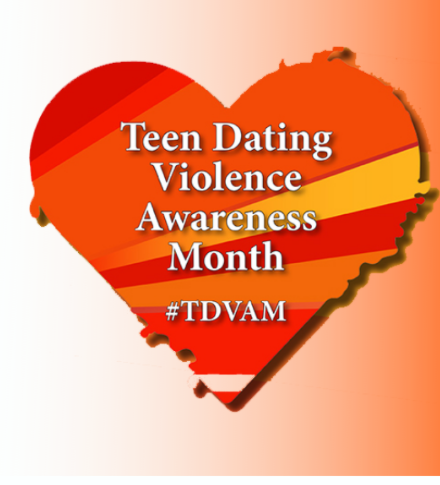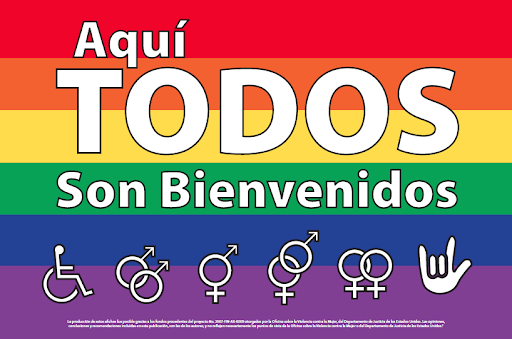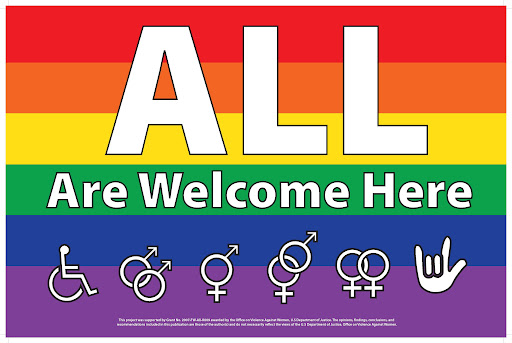Connection between Adverse Childhood Experiences and Teen Dating Violence

Adverse childhood experiences (ACEs) are traumatic incidences throughout the first eighteen years of a person’s life. This can include abuse, neglect, intimate partner violence (IPV), substance abuse, economic hardship, and witnessing community violence.
Stats in United States 2015:
- 1% of youth (ages 14-17 years) have experienced some form of child maltreatment
- 9% reporting emotional abuse
- 1% reporting physical abuse
- 4% reporting neglect
- 2% of youth ages 14-17 reported lifetime sexual assault victimization by an adult or peer
- 32% reporting witnessing family assault
- 25% witnessing partner assault
- Almost 58% witnessing assaults in the community
Sadly, many youth enduring family conflict and community violence are more prone to dating violence in high school. Teen dating violence involves physical, emotional or psychological, and sexual abuse, and stalking. Behavior is learned especially by young children and homelife is the starting point of a child’s learning process. Frequently witnessing unhealthy relationships within the home and community set a standard for youth to familiarize and imitate toxic behaviors in their relationships. There is a variety of negative traits within an unhealthy relationship: belittling, impulsiveness, extreme jealousy, isolation, and more.
The more exposure of ACEs the higher risk of developmental issues a person will obtain. Those who encounter multiple ACEs tend to have a greater likelihood of perpetration of and victimization from physical and sexual violence. Those who are at a higher risk of ACEs are women and several racial/ethnic minorities. There is a wide range of racial and ethnic disparities including economic hardship, parents’ divorce or separation, and parental incarceration, which leads children to endure multiple ACEs.
Witnessing intimate partner violence at a young age can negatively impact a person’s physiological. Studies show that exposure to IPV during childhood increases a teen to internalize problems, use self-blame, and aggression in relationships. Teens who suffer from dating abuse are more likely to be subject to alcoholism, eating disorders, depression and anxiety, thoughts of suicide, STDs, and violent behavior. Youth begin to believe such behaviors are acceptable during all circumstances. Due to this way of thinking, teens solve conflicts with violence instead of open and honest communication, compromise, and mutual respect. Majority of teens whom experience ACEs are more vulnerable and seek familiar feelings of what an unhealthy relationship offers.
Disrupting the developmental pathways toward partner violence can become a progressive protective factor to decrease teen dating violence. An effective solution to prevent teen dating violence is developing a stable family system, support, adaptive coping strategies, appropriate parental monitoring, promoting academic functioning, and independence. A stable family provides security and a sense of belonging. The importance of parental monitoring is to be aware and involved with one’s child or children. Initiating these aspects during a young age will assist teens to develop empathy, optimism, logical reasoning abilities, healthy resolutions, and love for oneself. Adolescence is a timeframe for youth to discover themselves, their limits, interests, and desires. Observing healthy and encouraging behaviors from a young age is extremely beneficial for a person’s growth.
References
Davis, J. P., Ports, K. A., Basile, K. C., Espelage, D. L., & David-Ferdon, C. F. (2019). Understanding the Buffering Effects of Protective Factors on the Relationship between Adverse Childhood Experiences and Teen Dating Violence Perpetration. Journal of Youth & Adolescence, 48(12), 2343–2359. https://doi.org/10.1007/s10964-019-01028-9[/vc_column_text][/vc_column][/vc_row]




